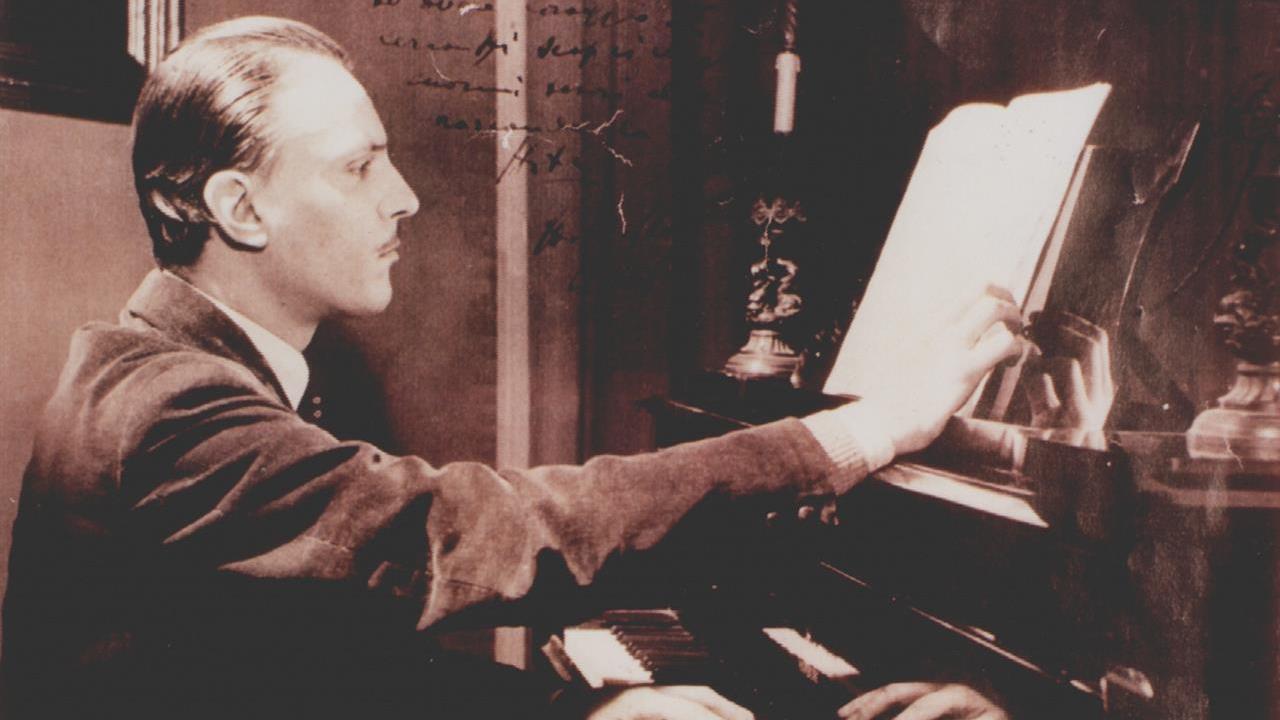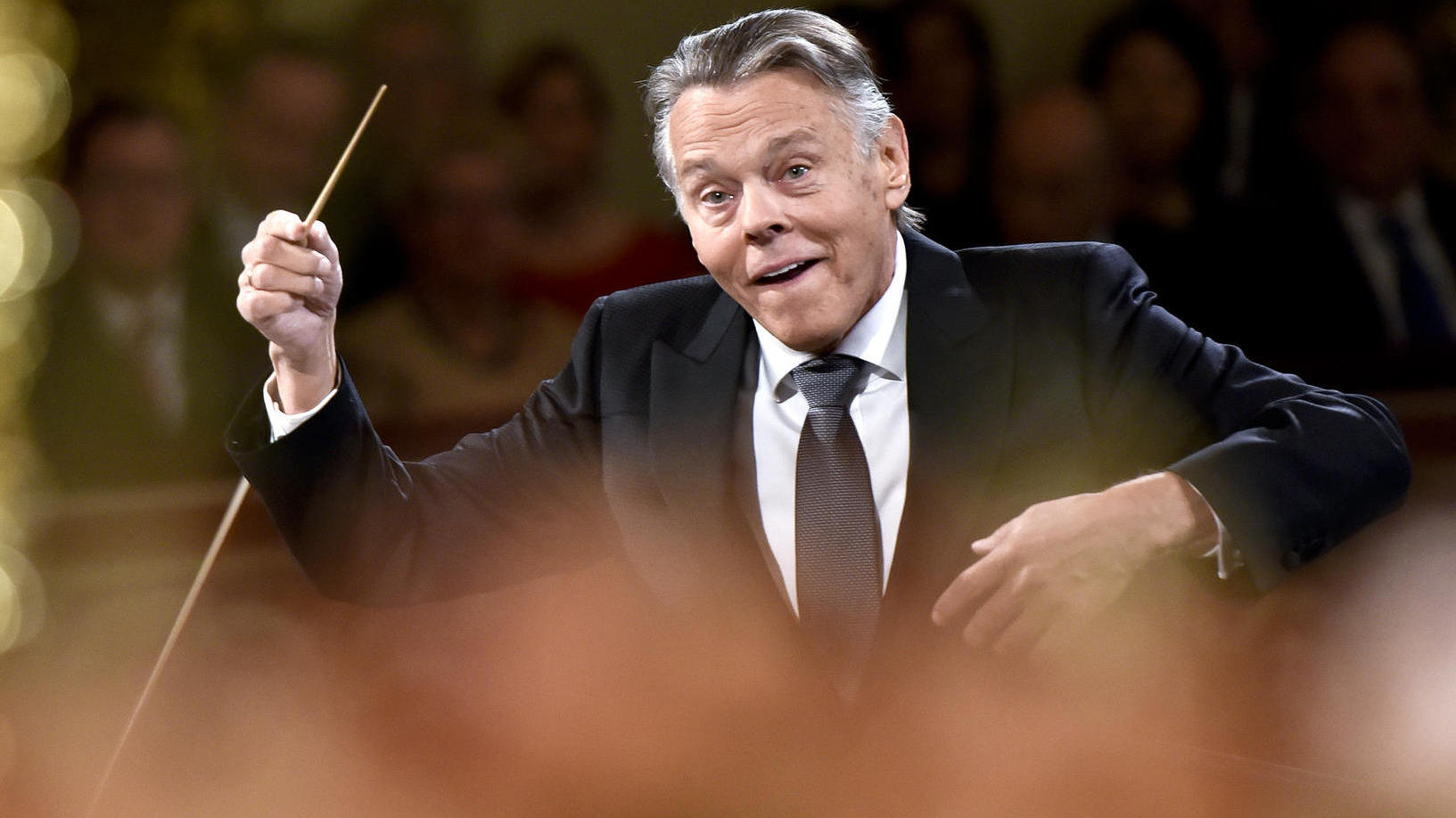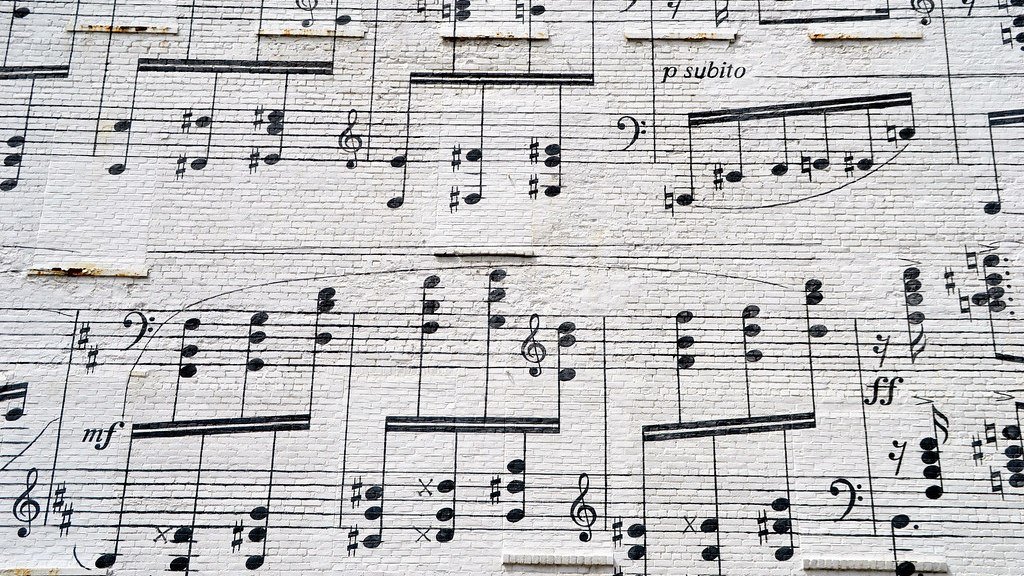Ravel’s Piano Trio in A Minor: An Escape to a Better World
Maurice Ravel composed his Piano Trio in the spring and summer of 1914 as Europe descended into the First World War. Swept up in the fervor of the moment, Ravel rushed to complete the work in order to enlist, “working with the sureness and lucidity of a madman,” as he wrote to a friend. In a letter to Igor Stravinsky, Ravel wrote, “The idea that I should be leaving at once made …







